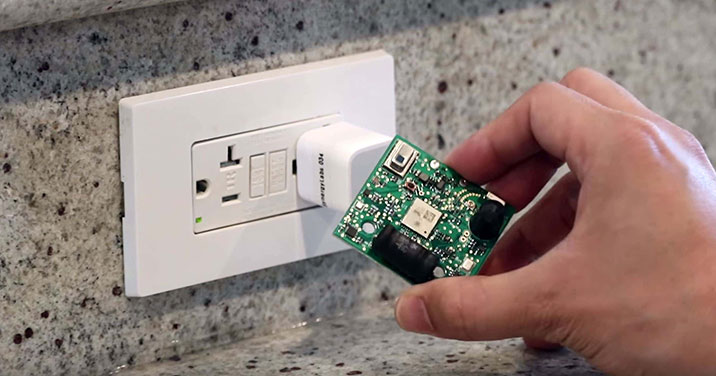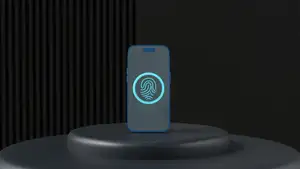
Next Step Forward For Home Automation
As you are about to learn, there is an upcoming smart sensor technology that will in effect have the capability of connecting almost everything in a room. You have most likely noticed the newfound interest in home automation technology over the past year or so.
That being said, you may be aware that current home automation technology is accomplished through one of two options. One such option is to go out and separately purchase new so-called smart gadgets. The challenge with this option is that the various smart devices you just purchased may or may play well with each other.
The second option currently used for home automation is with the use of purchasing sensor tags. These sensor tags are then installed separately on each appliance or device you wish to control. Once in place, all of these separate sensor tags are combined into a network. As you might well expect, the configuration of such a home network is a bit complex to put it mildly.
However, all of the above being said, there is an exciting new prototype that could actually rewrite the rules for home automation. This prototype is the current result of a project at Carnegie Mellon University. Note that the name of this prototype is Synthetic Sensors.
Synthetic Sensors is an innovative approach to home automation. The technology built into Synthetic Sensors is such that surrounding environmental data is captured in real time. This data can then be utilized to in effect transform common ordinary household devices into smart devices.
Get this: the Synthetic Sensors device is designed so that once plugged into an electrical outlet in a room everything in the room is interconnected. What that means in practice is that once the Synthetic Sensors module is plugged in, the device becomes a sensing hub for the entire room.
The embedded sensors on the Synthetic Sensors module allow the device to detect real time changes in sound, humidity, motion, light, electromagnetic noise and more. However, the really innovative feature of Synthetic Sensors is the built in machine learning algorithms.
These algorithms allow the sensor data to be translated to context specific information about real time happenings in the room. In real world applications that could show up as such data as an oven that has been inadvertently left on, a refrigerator door that is open, when the coffee has completed brewing, and that sort of thing.
All of the above being said, do understand that as of this writing, Synthetic Sensors is still in the prototype stage. All the same, as you can clearly see from the above, once adopted this new approach promises to deliver exciting new home automation choices.









